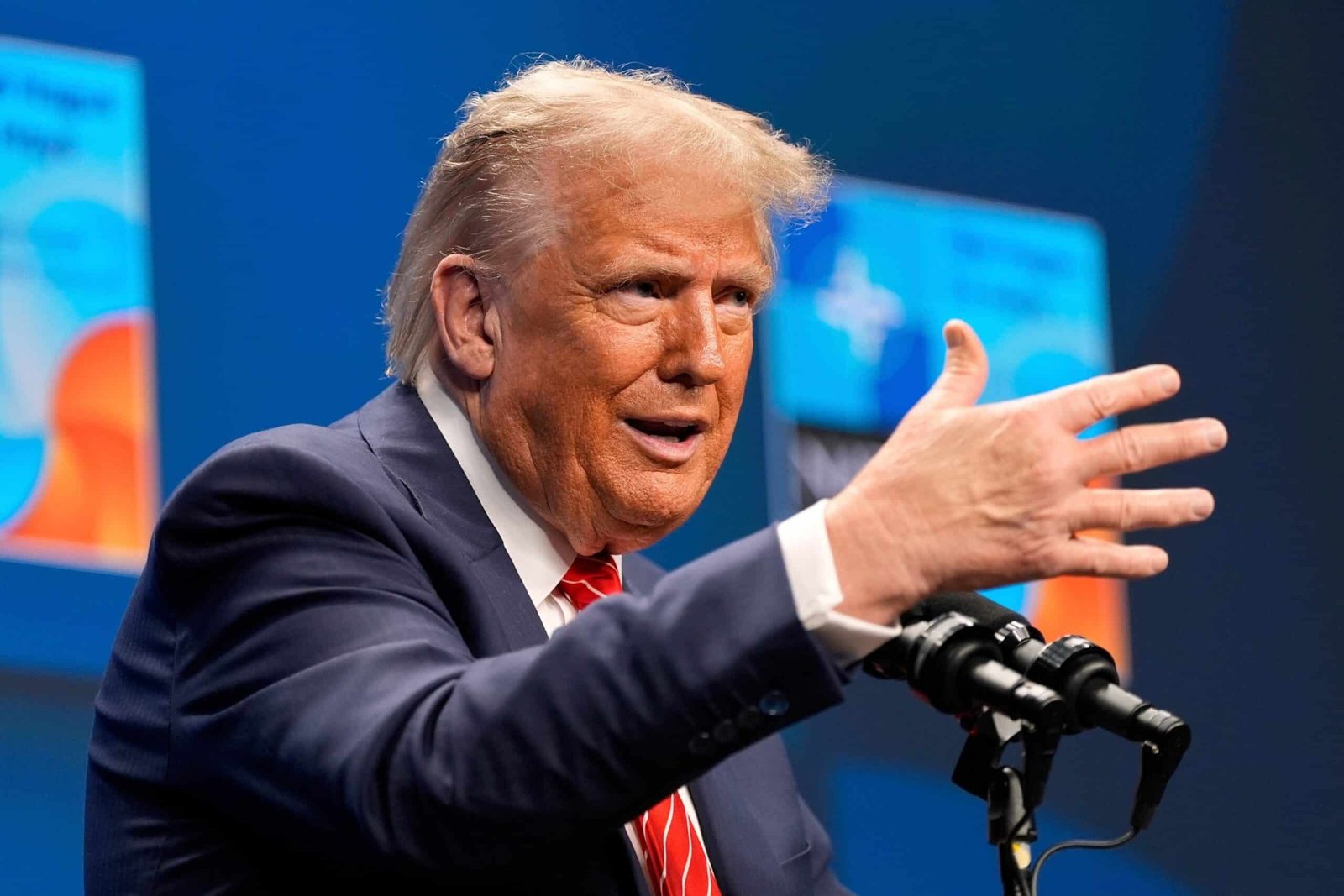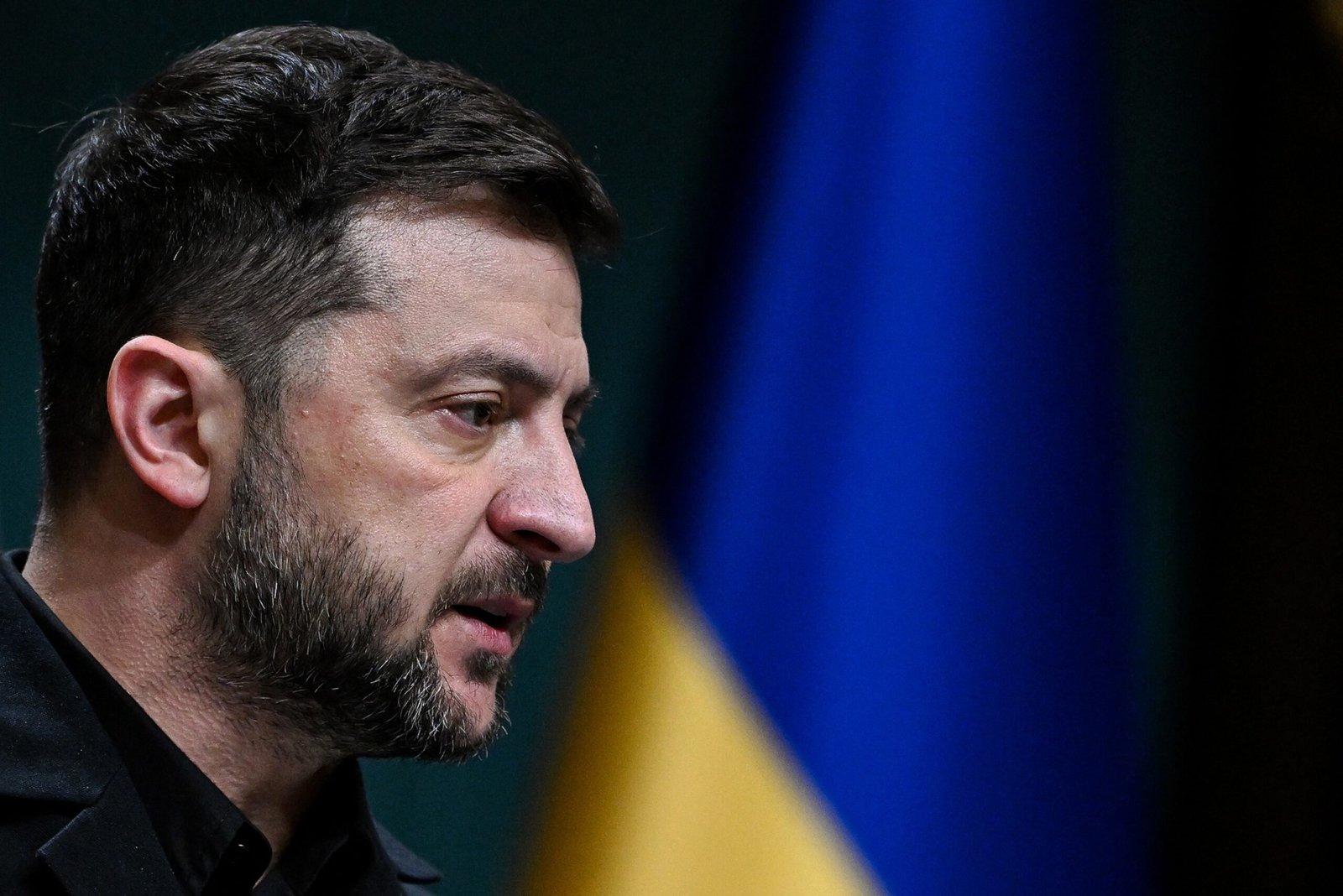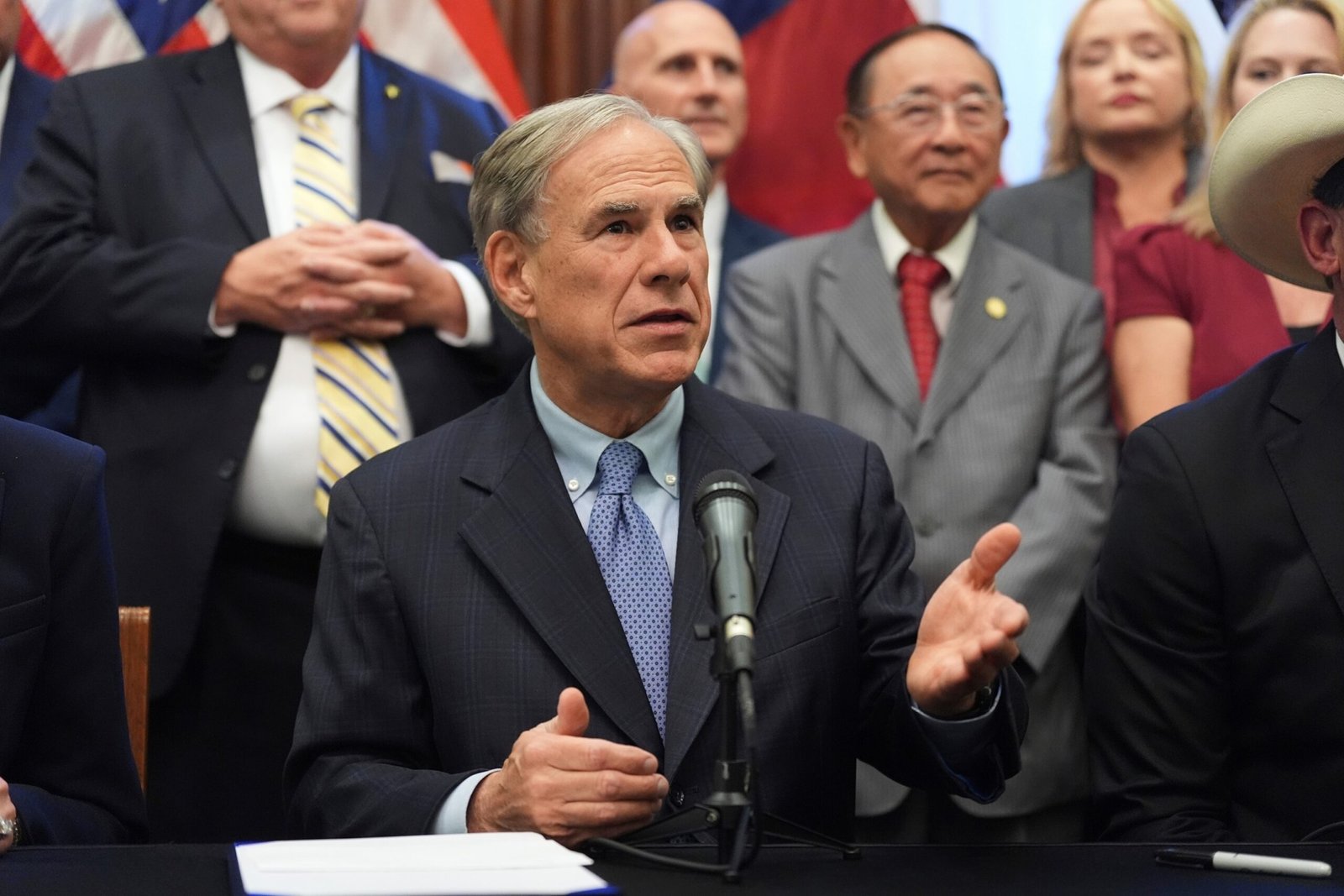President Donald Trump began a storm of fire on Saturday night when he announced that the US attacks they ordered had “erased” the nuclear sites of Iran.
He and his main assistants have only doubled the phrase since then, even when the statement has become the focus of the expert debate, political criticisms and the main news coverage.
Trump recognized the controversy that his language caused when he spoke at the NATO summit on Wednesday, where he defended his description against a preliminary American intelligence analysis that Tehran’s nuclear program was only retreated for a few months.
“The original word I used, I suppose it put us in trouble because it is a strong word, it was obliteration,” Trump said. “And you’ll see that and leave. Israel is making a report about it, I understand.”
Then he called it “total obliteration” and “virtual obliteration.”

President Donald Trump gestures while speaking during a press conference at the end of the NATO Summit in The Hague, Netherlands, June 25, 2025.
Alex Brandon/AP
Description in disagreement with the first US Intel, president of the joint bosses
The American strikes, held on the night of June 21, went to three facilities: Isfahan, Natanz and Fordo. They were beaten with large 30,000-pound bunker-buuster bombs in what was the largest strike B-2 in the history of the United States.
“Tonight, I can inform the world that the strikes were a spectacular military success. The key nuclear enrichment facilities of Iran have been completely and totally erased,” Trump said while heading to the nation from the White House during the weekend.
But a key player said that the total range of the damage was not clear immediately.
General Dan Caine, president of the Joint General Staff, said Sunday that it was “too early” to know the complete damage, although he said that the three sites suffered “extremely severe damage and destruction.”
On Tuesday, reports arose on an initial evaluation filtered by the Defense Intelligence Agency with the help of the United States Central Command.
According to two people familiar with the initial report, the bombing sealed the entries to two of the nuclear sites, but that most of the damage was caused to the structures on the ground, leaving the lower structures intact. The evaluation also found that at least one enriched uranium had moved from the nuclear sites ahead of the explosions and that the centrifugers are largely intact.
However, the findings are expected to evolve over time as more information is collected.

This satellite image provided by Maxar Technologies shows damage to the enrichment installation of Fordo in Iran after US attacks on June 22, 2025.
Satellite image 2025 Maxar Technologies
Trump’s “bordered” description was summoned by several Top Chamber Democrats criticizing that an administrative intelligence conference for legislators established for Tuesday was suddenly pushed until later in the week.
“We can only speculate why the Administration canceled the informative session, but it certainly seems to be afraid to answer questions about their policies and the president’s un verified statements that the attacks erased the Iran Nuclear Program,” said Gregory Meeks, Jim Himes and Adam Smith representatives in a joint statement.
Democratic Senator Mark Warner of Virginia, vice president of the Senate Intelligence Committee, said he had “many questions for the administration” about US strikes.
“I can tell him that there was a lot of debate in the open domain on whether Bunker-Buster bombs alone could take out the facilities of Iran,” Warner said. “We also have questions about where all the enriched uranium of Iran is at this point and if it is not taken, what follows? Are the troops in danger?”
Trump and Hegseth went back to the initial report on Wednesday.
The president said that the defense intelligence agency “presented a report that was not finished.”
“Since then, we have collected additional intelligence,” Trump said in NATO. “We have also talked to people who have seen the site and the site, the site is erased.”
“The report said what I said, and it was fine,” he added. “They think severe, but they had no idea. They shouldn’t have issued a report until they did.”

The Secretary of Defense, Pete Hegesh, gestures during a media conference at the end of the NATO Summit in The Hague, Netherlands, June 25, 2025.
Alex Brandon/AP
Trump also trusted that Iran could not move its Uranium arsenal before the United States attacks its nuclear sites, despite the images that show trucks aligned in Fordo in the days prior to the attack.
“I think all nuclear things are down there because it is very difficult to eliminate, and we did it very fast,” Trump said.
By rejecting the report, Trump cited the Iranian Ministry of Foreign Affairs on Wednesday that the country’s nuclear facilities had been “severely damaged.” Trump also emphasized the evaluation of the Israel Atomic Energy Commission, which said the United States strike in Fordo made it “inoperable.”
Hegesh, who joined Trump at the international meeting, said the 30,000 -pound bombs resulted in “devastation under Fordo.”
“Any evaluation that tells you that it was otherwise speculated with other reasons,” Hegseth added. “And we know that when you really look at the report, by the way, it was a high secret report, it was preliminary, it was little confidence.”
Standing next to Trump, Hegesh echoed, “Iran’s nuclear program is erased.”
Lalee Ibssa of ABC News contributed to this report.




